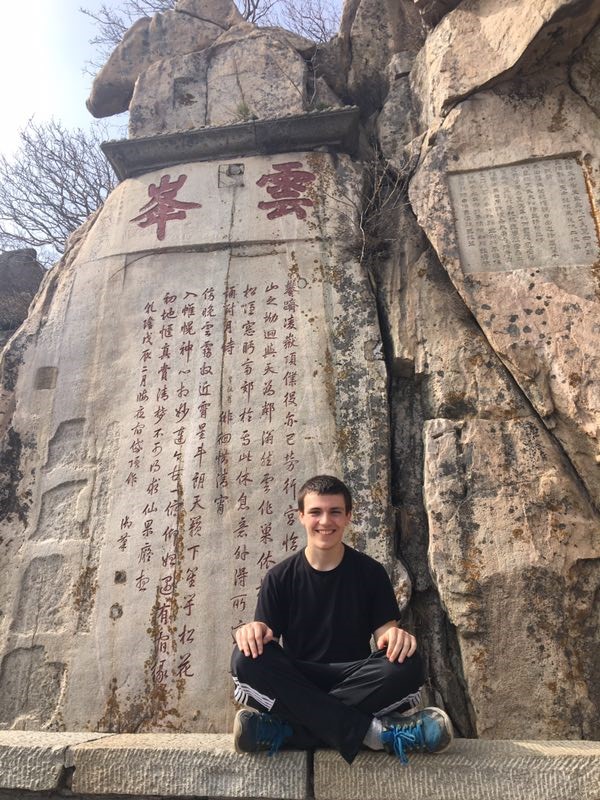Mount Tai and the City of Springs
Bonjour tout le monde! After months of enduring the bitter, sub-zero North China winter, spring has finally begun. Temperatures have soared, pink blossoms have started appearing on trees, and we’re back in T-shirts and shorts. Overall, April has been slightly more eventful than March. I began the month with a solo trip to Shandong Province, during a long weekend to mark the traditional Qing Ming Festival.
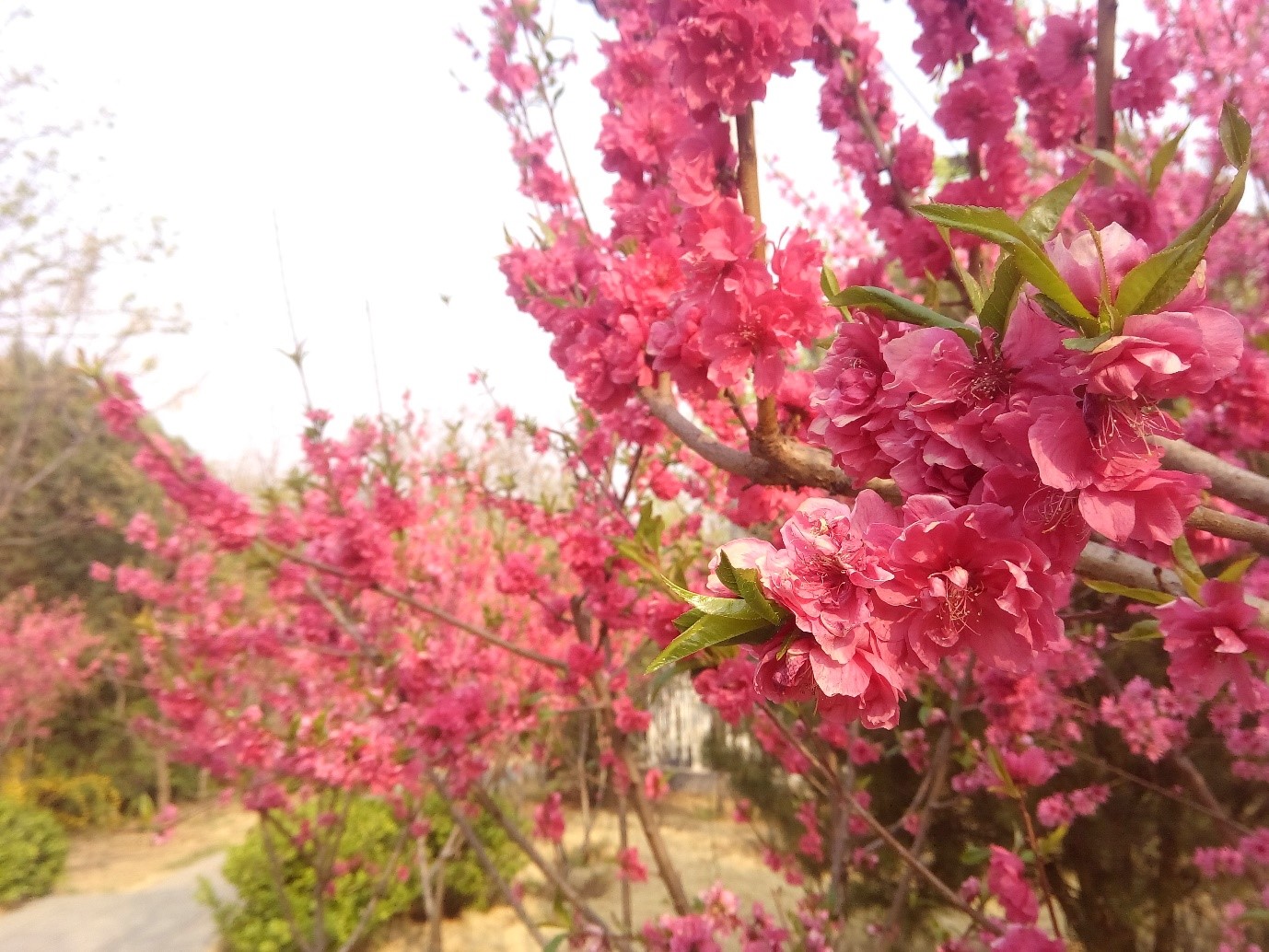
Having spent hours surfing the web for travel destinations, Shandong looked like a great place to learn more about China’s ancient history. It’s the starting point of Chinese civilisation, where China’s oldest dynasties (the Xia and Shang) first rose to power. It’s also the birthplace of Confucius and has many significant Buddhist and Taoist sites (as well as the coastal city of Qingdao – home to the largest annual beer festival in Asia).
I started my weekend in the city of Jinan – known as “the city of springs” for its many natural freshwater springs – following a tiring (yet endurable) overnight standing train. After a quick breakfast of baozi and rice porridge, I went straight to Thousand Buddha Mountain, a prominent hill near the city covered with grand Buddha statues. While climbing the mountain, I stumbled across a group of Chinese students who instantly made friends with me and let me tag along. When we reached the summit, having taken countless group photos on the way, they handed me a wooden carving which they’d bought at a souvenir stall. At first, I tried to refuse the gift, until I saw that they’d already carved my name into it. I was taken aback by their generosity, especially since I was a stranger only an hour before. Later that day, one of the students posted a picture of me on his WeChat page with the caption: “You are the only one foreign friend of mine. Nice to meet you. Welcome to Jinan.”
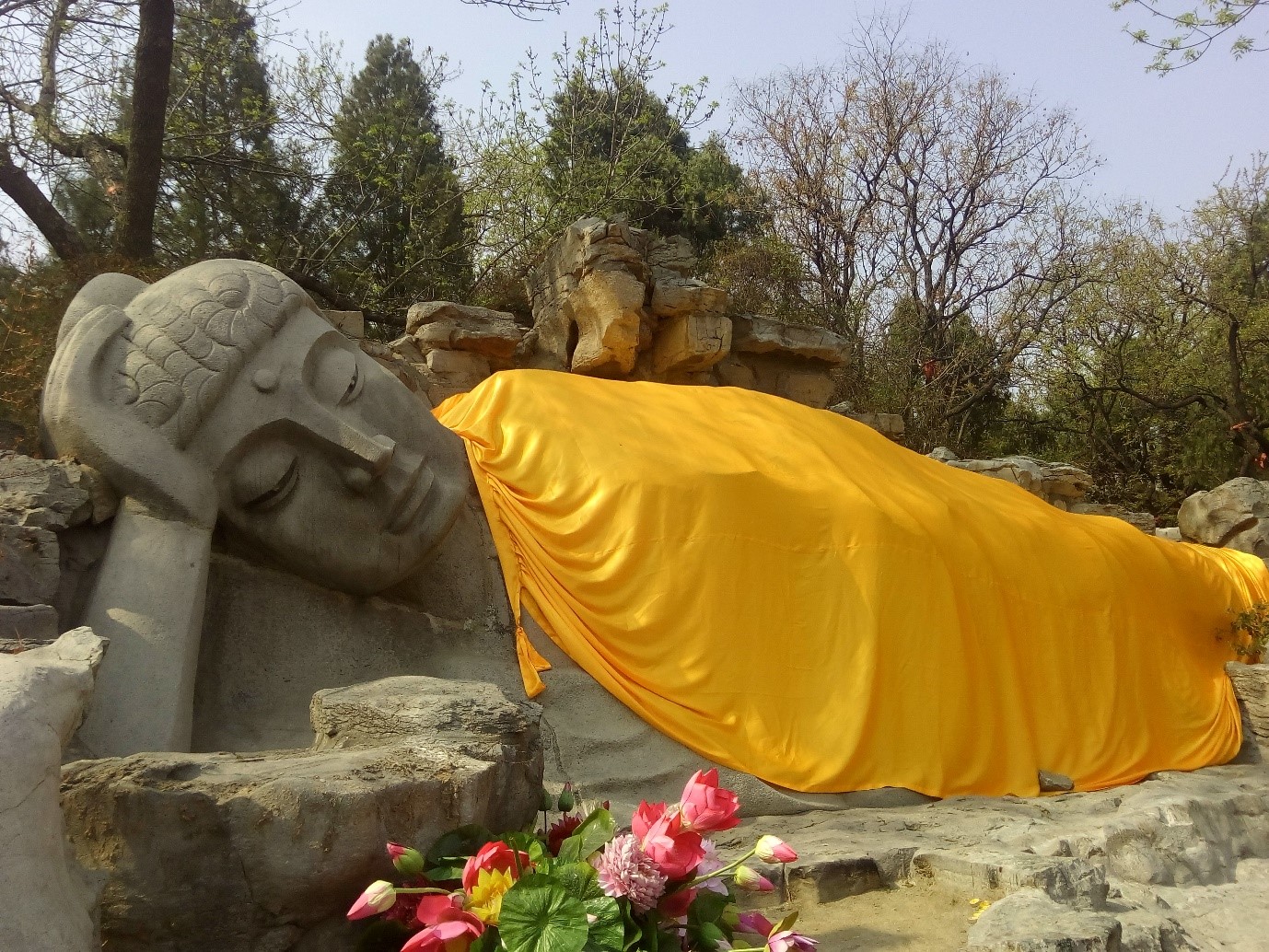
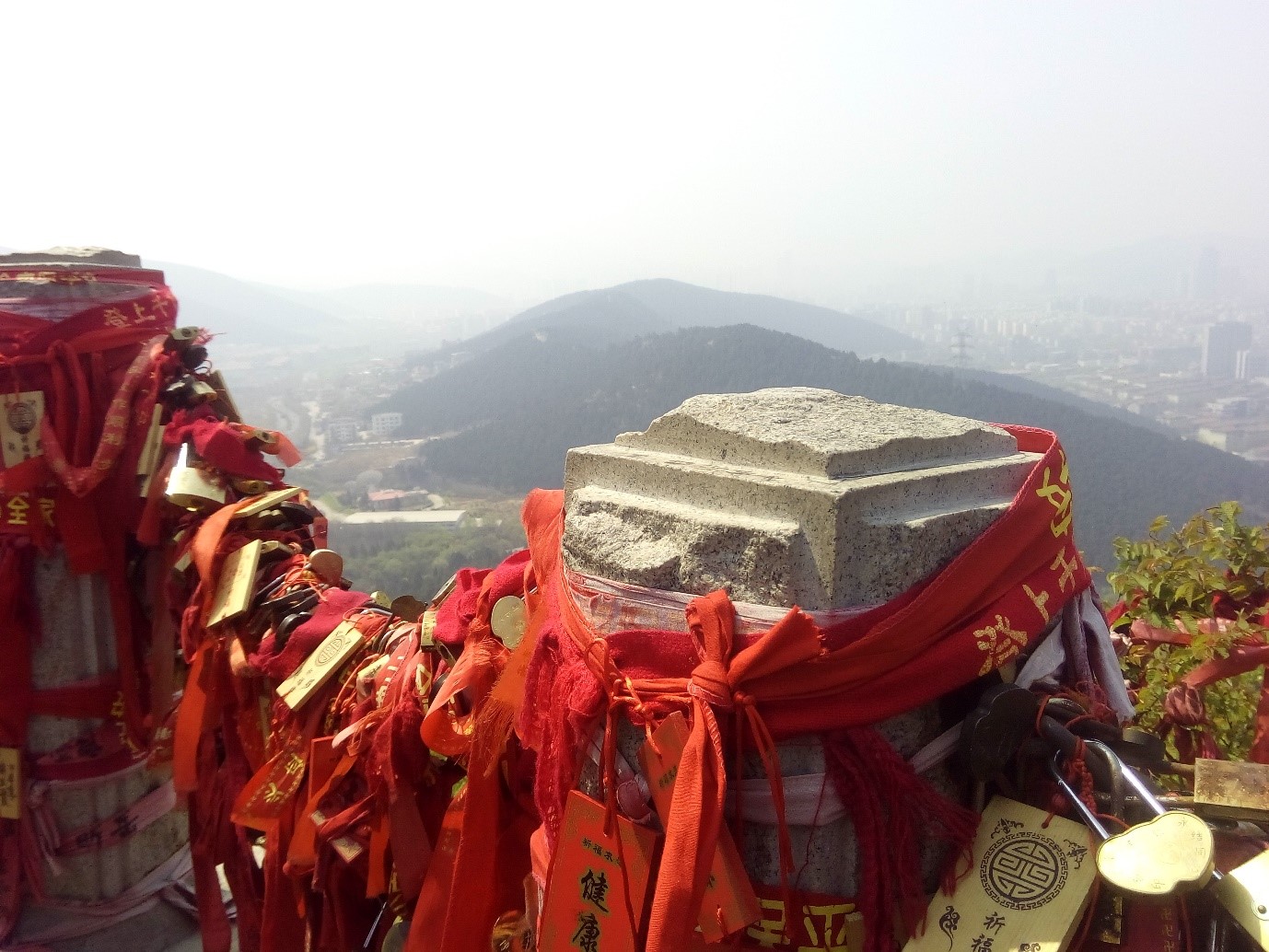
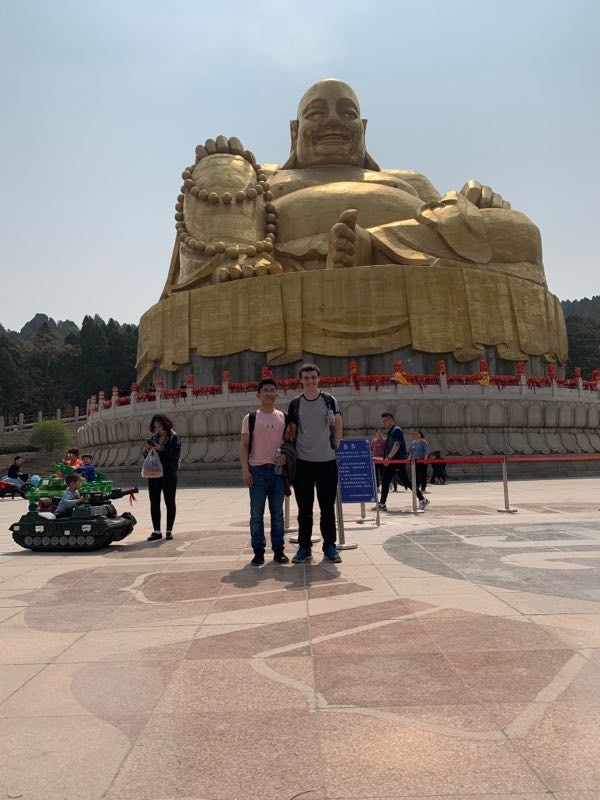
That evening, I made friends with another Chinese student who was staying in the same hostel dorm, and he invited me to a fountain show in the city centre. Afterwards, we went down a food street where he bought me some Chinese delicacies like stinky tofu and barbecued squid. I tried to pay him back, but each time he deflected my offer, saying “méi shì” (it’s nothing).
The following day, after a quick visit to Jinan’s famous Black Tiger Spring, I took the train a few miles south to Mount Tai, one of China’s most sacred mountains. In Chinese mythology, Mount Tai is one of five mountains which formed from the body parts of a being named Pangu, who created the world – Mount Tai is believed to have formed from Pangu’s head. Because of its eastern location, it’s associated with spring, sunrise and new birth. For thousands of years, Chinese emperors have been climbing to the summit to offer sacrifices to the gods.
Unfortunately, though, with such a high reputation, the mountain also attracts crowds – particularly during national holidays. I chose to climb the mountain during the day, in order to avoid the majority of tourists who climb the mountain at night to watch the sunrise from the summit. Although I liked the idea of watching the daybreak from the heights of a sacred Chinese mountain, the thought of being crushed in a sea of eager photographers trying to fit onto the small viewing platform didn’t really appeal to me. I can only imagine the frustration people must feel on cloudy days…
I spent the night in Tai’an, a small city at the foot of the mountain. Tai’an was a nice place with a traditional Chinese feel – it even had an old city wall like the one in Xi’an. After checking into my hostel, I met a Chinese woman named Katie, who invited me for dinner. She lived in Canada, so we could comfortably have a conversation in both Chinese and English. It was interesting to hear about her life as a Chinese expat in the West, how she felt about Canadian culture and what she missed most about China. We decided we’d climb the mountain together the next morning.
I’d underestimated how great a “climb” this would be. Mount Tai is 1,533 metres high, so an upward journey takes four to five hours and covers over 6,000 steps. Climbing the mountain almost reminded me of Po from the movie Kung Fu Panda, pain-stakingly climbing the thousands of stairs to the Jade Palace. There are several different routes up the mountain, but we chose the route which started at Dai Temple, traditionally taken by Chinese emperors. It was a nice path, passing by forests, streams and small temples, however the crowds made it feel almost like a queue from start to finish!
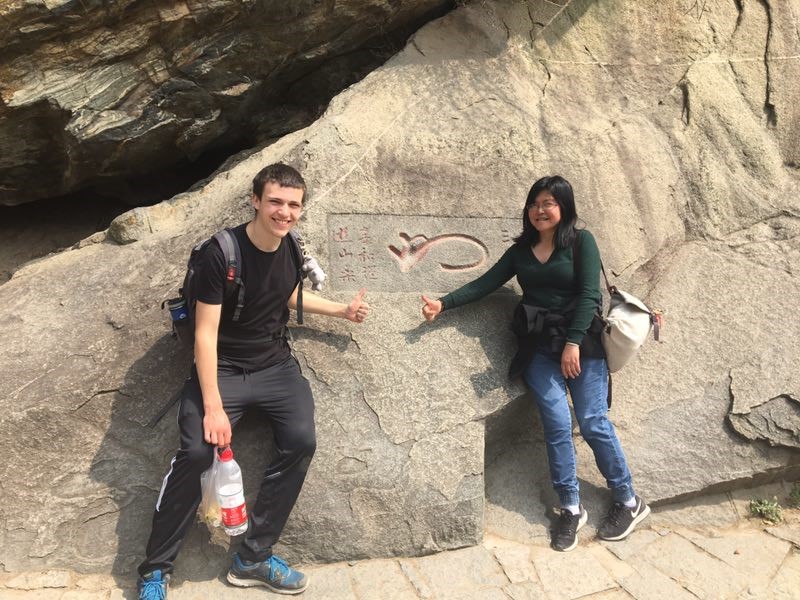
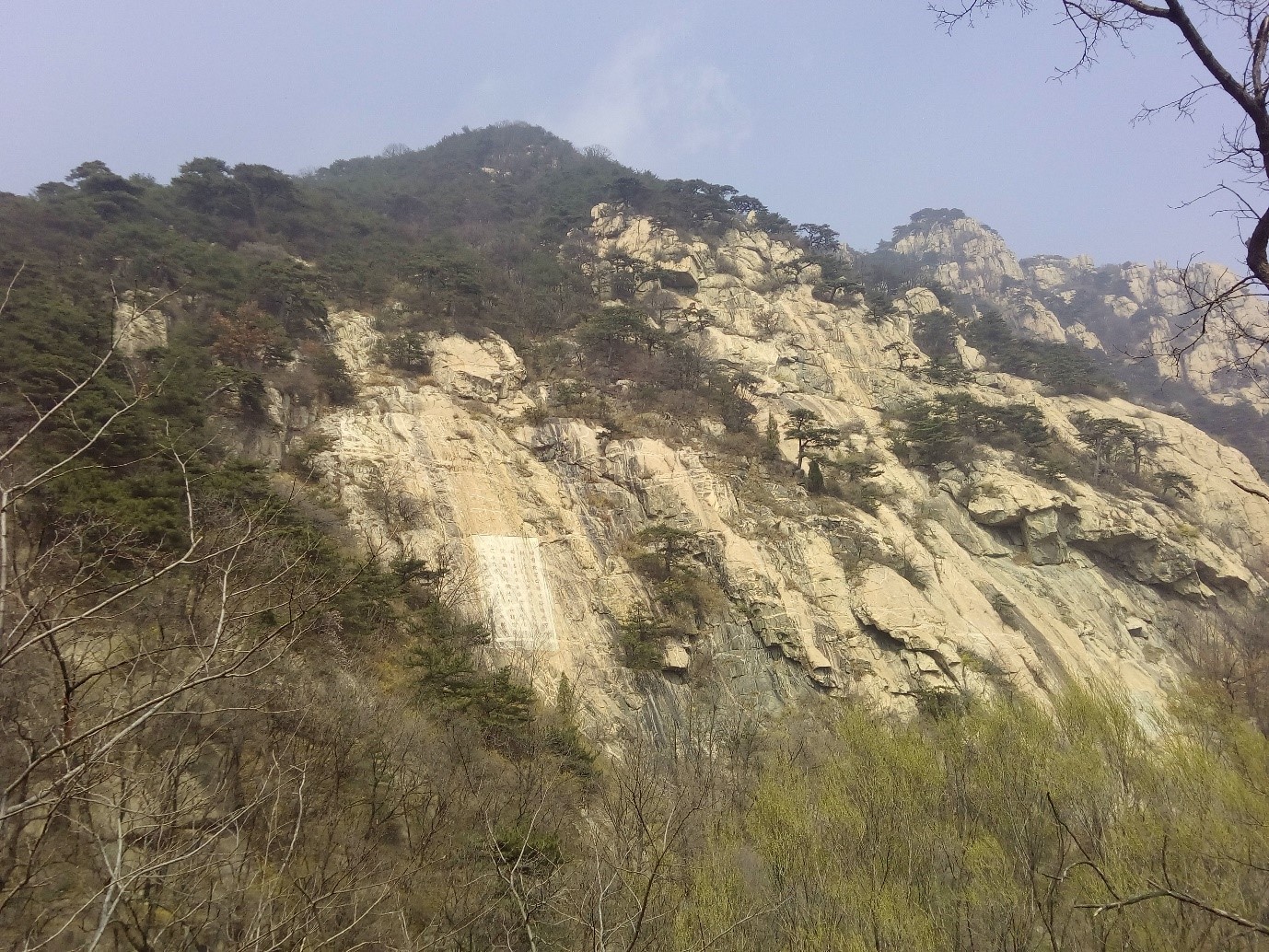
Eventually we reached the summit, where we found a grand Taoist temple and a stunning view of misty mountains below. We were still a long shot from finding inner peace, however, as we encountered even larger crowds who had reached the summit by cable car. The Chinese idiom “人山人海” (rén shān rén hǎi) was rather apt for this situation (literally: “people mountains, people sea”). Once we’d recovered from the steep uphill climb and admired the mountaintop scenery, we took the cable car back down.
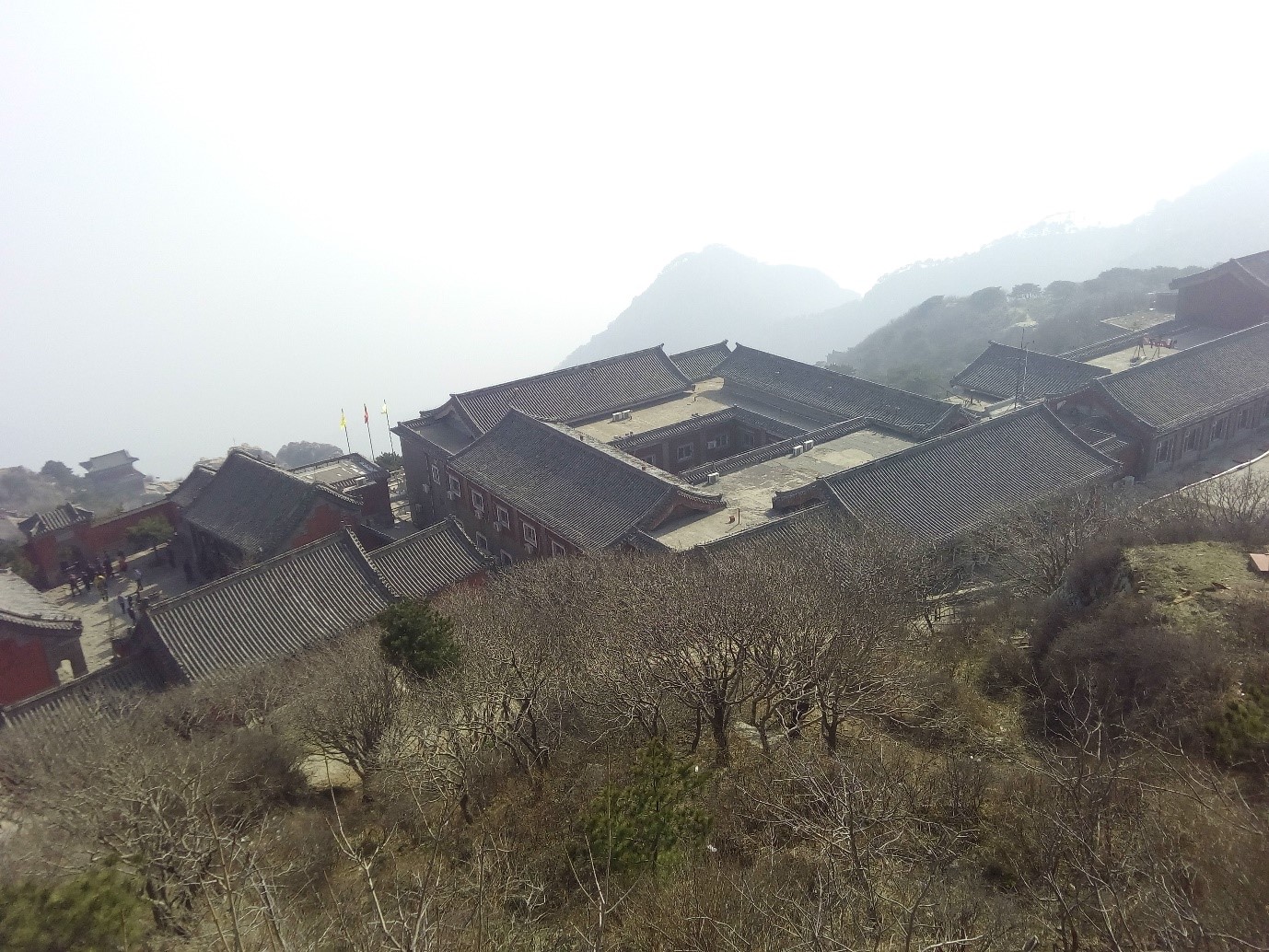
Aside from the spontaneous weekend trip and occasional one-day events, April has been a rather uneventful month. As we near the end of the scholarship, the days are passing by more quickly, and I’m looking forward to breathing Scottish air again (as well as fresh milk, clean tap water and having access to a recycling bin, among other things). But until then, there is still much to appreciate from life in the Middle Kingdom.
麦亚伦
Arran
